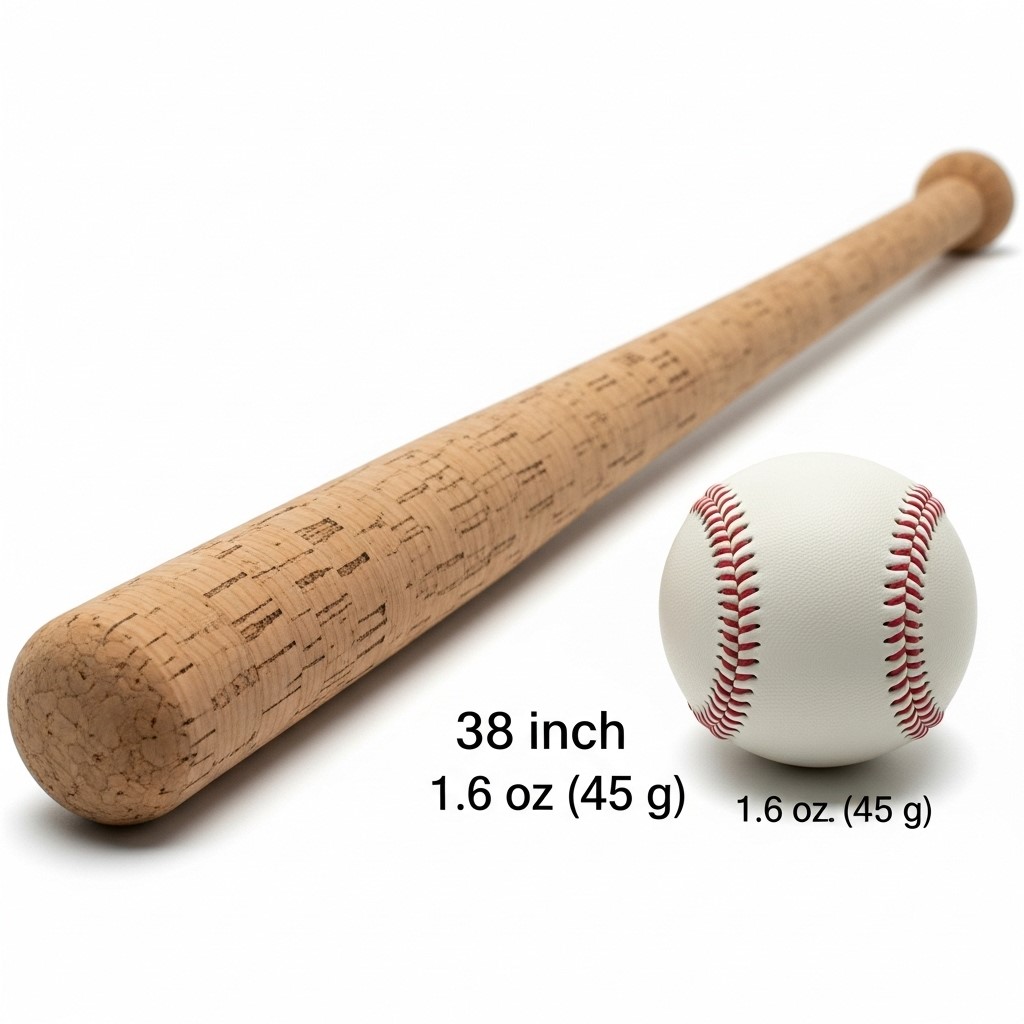
The Intriguing World of Corkball: A Comprehensive Guide
Corkball is a fascinating sport with a rich history, unique rules, and growing popularity worldwide. Though not as universally recognized as baseball or soccer, corkball has carved its niche among sports enthusiasts. This guide delves into its origins, global appeal, amateur and professional structures, and its societal significance.
Origin and History of Corkball
The sport traces its roots back to early 20th-century St. Louis, Missouri. Baseball enthusiasts created it as a scaled-down version of their favorite pastime. Played in alleys and backyards, it required minimal equipment and space. A cork center wrapped in yarn and tape formed the iconic corkball, and broomsticks or modified bats served as playing tools.
Initially, corkball gained traction among blue-collar workers. It offered a budget-friendly alternative to baseball. Over time, leagues formed in neighborhoods, fostering a sense of community. The sport soon spread across Missouri and neighboring states, embedding itself in local culture.
During the mid-20th century, it saw a surge in popularity, especially among soldiers during World War II. Its portability made it a favorite pastime on military bases. Returning veterans brought the game to new regions, sparking interest across the United States. Despite its localized fame, corkball remained largely a regional phenomenon until recent decades.
Global Popularity and Regional Presence
It has gradually expanded beyond its American origins. In countries like Japan and South Korea, where baseball is deeply ingrained, corkball has gained a following. Its simplicity and minimal space requirements make it ideal for urban settings. Enthusiasts have introduced the game to Europe, Australia, and parts of South America, where smaller communities embrace its charm.
In the United States, it remains most popular in the Midwest, particularly in Missouri and Illinois. Cities like St. Louis host annual tournaments, drawing players and fans from across the region. Local parks and recreational centers often feature corkball facilities, underscoring its cultural significance.
Globally, social media and online communities have played a crucial role in promoting corkball. Enthusiasts share tutorials, organize virtual tournaments, and celebrate the sport’s heritage. This digital exposure has introduced it to a younger generation, ensuring its continued growth.
Amateur Corkball: Youth and Schools
Amateur corkball thrives in community leagues, schools, and youth programs. Many schools in the Midwest incorporate it into their physical education curriculum. The game’s simplicity makes it an excellent introduction to hand-eye coordination and teamwork.
Youth leagues provide structured environments for children to learn the game. Coaches emphasize sportsmanship, skill development, and fun. Local businesses often sponsor these leagues, fostering community support. Summer camps also feature corkball as a highlight, allowing children to enjoy friendly competition.
In urban areas, after-school programs introduce corkball to underserved communities. These initiatives offer a safe and engaging activity for children. By requiring minimal equipment, it proves accessible to all socioeconomic groups.
Professional Corkball Leagues
Though predominantly amateur, it has seen the emergence of professional leagues in recent years. In the United States, organizations like the National Corkball Association (NCA) govern professional play. Teams compete in regional and national championships, drawing dedicated fan bases.
Internationally, Japan has established its own professional league. The Japan Corkball Federation oversees tournaments and promotes the sport’s growth. South Korea’s burgeoning interest has led to semi-professional competitions, attracting skilled players.
These professional leagues aim to elevate corkball’s status while preserving its grassroots charm. Prize money and sponsorships provide incentives for athletes, though the sport remains grounded in its community-driven ethos.
Political and Social Significance
Corkball holds unique political and social significance in the regions where it thrives. In St. Louis, the sport symbolizes resilience and community spirit. It’s seen as a testament to working-class ingenuity, celebrating a pastime born from limited resources.
In urban settings, corkball serves as a unifying force. Community leagues bring together diverse participants, fostering camaraderie and mutual respect. The sport’s inclusivity bridges cultural and economic divides, creating lasting connections among players.
Internationally, corkball’s expansion highlights the power of grassroots sports to transcend borders. Its growing popularity in Asia and Europe underscores the universal appeal of simple, accessible games. By promoting cross-cultural exchange, corkball contributes to global unity.
Rules of Corkball
Corkball combines elements of baseball with unique twists. The game is played without base running, focusing solely on hitting and pitching. Here’s a breakdown of the rules:
- Field Dimensions: A field is significantly smaller than a baseball diamond. The pitcher’s mound is typically 15 to 20 feet from home plate.
- Equipment: Players use a corkball and a thin bat, often resembling a broomstick. Gloves are optional, though commonly used.
- Teams: Games feature two teams, usually with three to five players each. Teams alternate between pitching and hitting.
- Scoring: Points are awarded based on the distance the ball travels after being hit. Zones or markers indicate scoring areas, ranging from single points to home runs.
- Pitching: Pitches can be overhand or underhand, with an emphasis on accuracy. The small size of the ball challenges both pitchers and hitters.
- Batting: Batters aim to hit the corkball into designated scoring zones. Strikes, balls, and fouls are called, similar to baseball.
- Game Duration: Matches typically last five to seven innings, depending on league rules. Timed games are also common in casual play.
Conclusion
Corkball, with its rich history and enduring charm, continues to captivate players and fans worldwide. Its blend of accessibility, community spirit, and competitive excitement ensures its relevance in today’s sports landscape. From youth leagues to professional arenas, corkball’s future shines bright. Whether played in a backyard or an international tournament, corkball exemplifies the joy of sport in its purest form.




